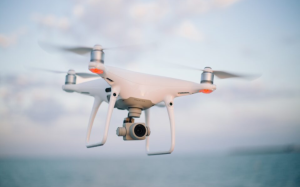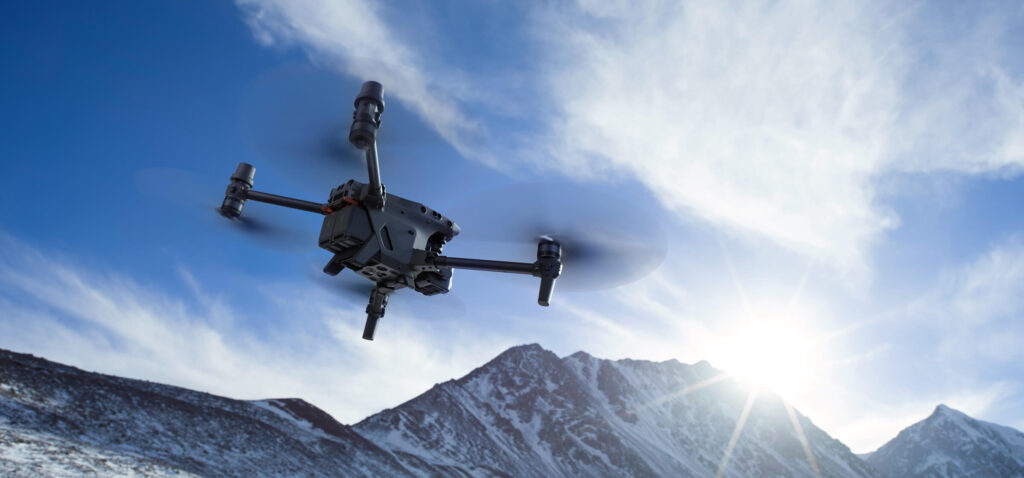As the science of organ transplantation evolves, the biggest obstacles are logistical, mainly related to the speed of transport.
Not long ago and after hundreds of test flights, a drone carried a human lung in five minutes from the roof of Toronto Western Hospital to Toronto General Hospital for a successful transplant. The corresponding time for road transport is 25 minutes.
“The successful trial is a milestone for organ transfer, especially for organs such as hearts and lungs that have a shorter shelf life on ice,” says Joseph Scalea, a transplant surgeon now at the Medical University of South Carolina.
Toronto General Hospital (which performed the first successful lung transplant in 1983) and Unither Bioelectronics replaced the drone’s landing gear with a carbon fibre container for the large and fragile organ. The team improved the drone’s connectivity so that radio frequencies do not interfere with its GPS and installed a parachute that was set to deploy automatically in case of a malfunction in the air.

The director of Toronto General’s lung transplant program envisions drones carrying lungs over even greater distances. For now, however, he is focusing on the journey from the airport to the hospital – which takes 40 minutes in traffic and just eight minutes by drone –and expects the first such flights as early as this summer.
“When the Wright brothers left Kitty Hawk, they only flew 120 feet the first time,” he says. “But now look where air travel is.”
Πηγή: Scientific American

